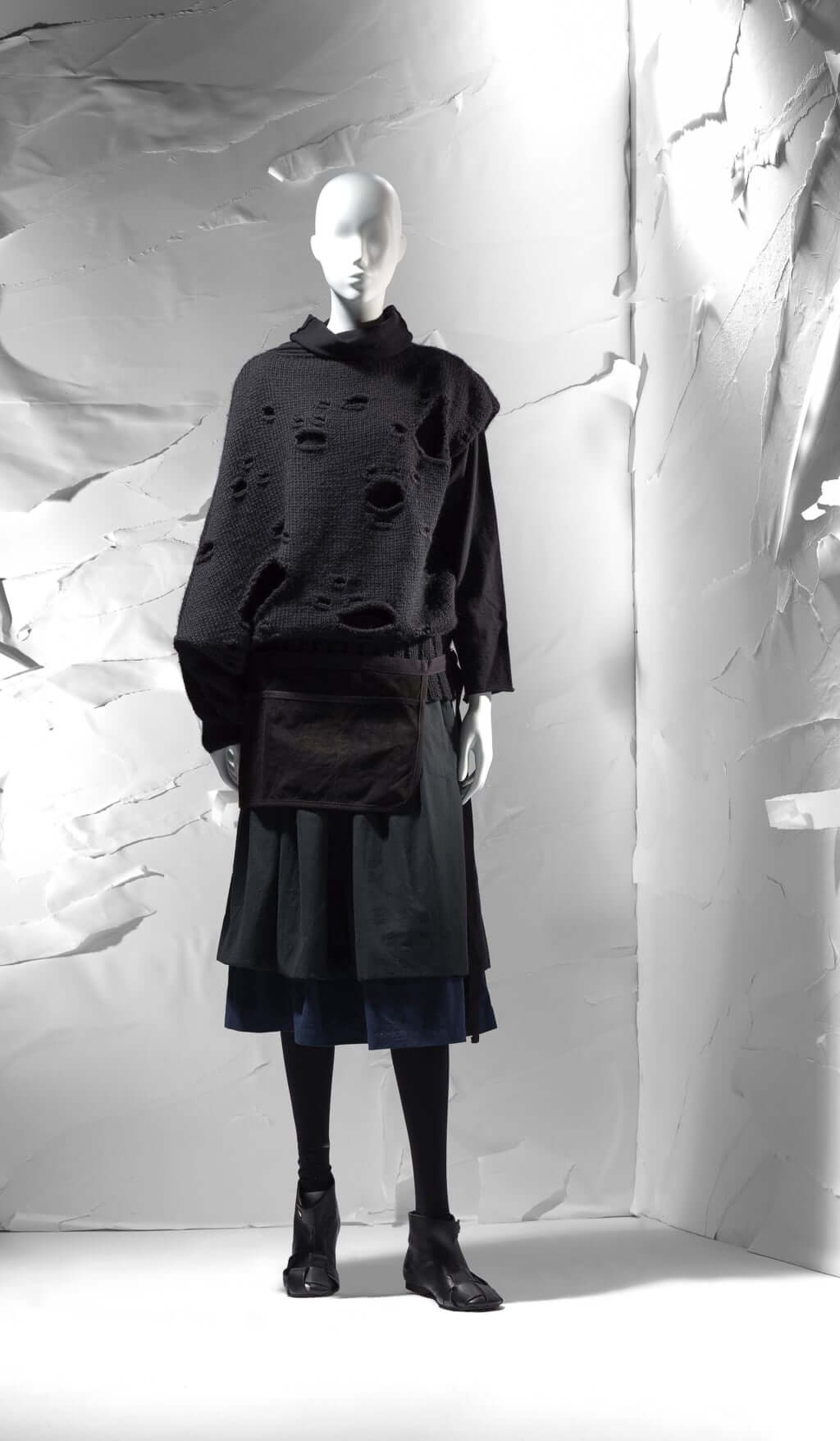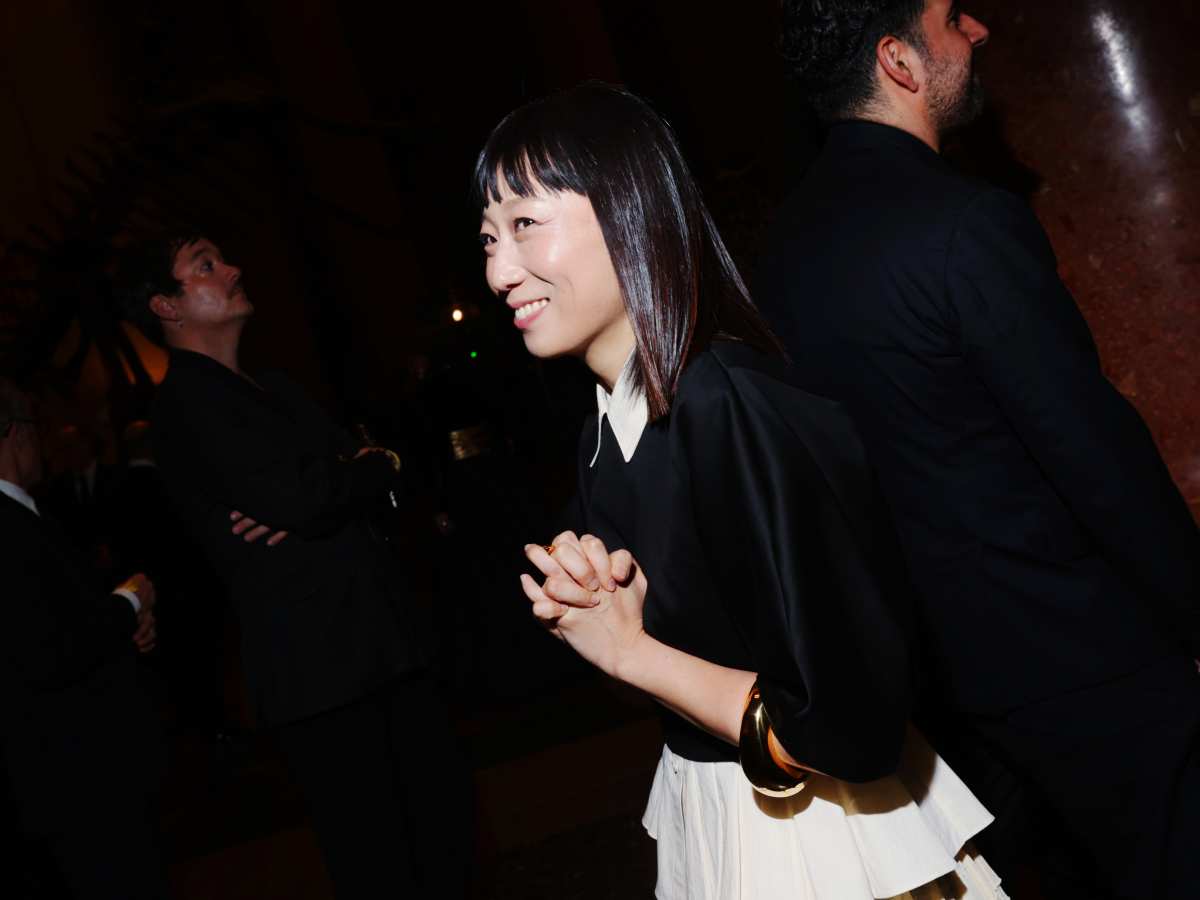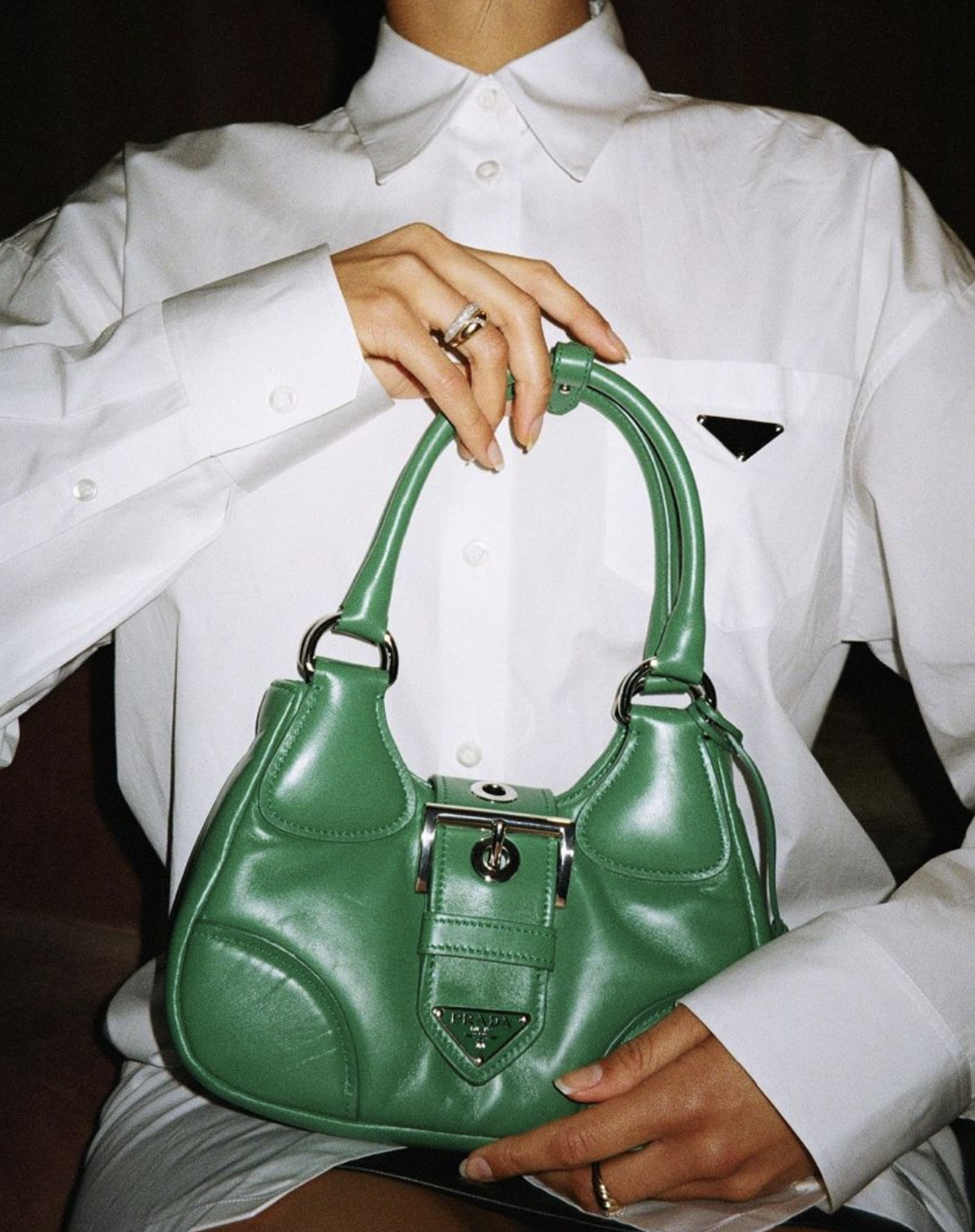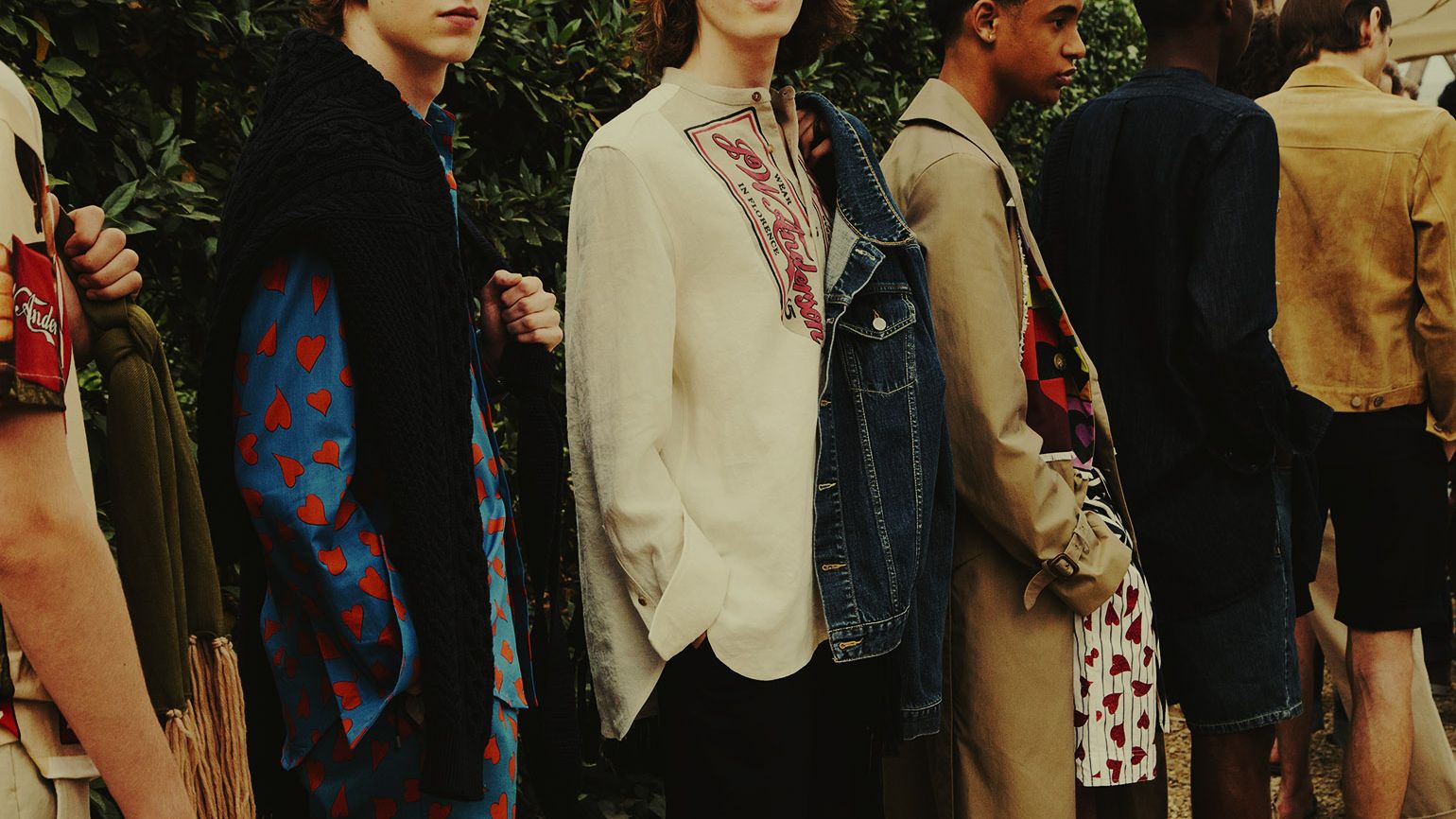The Origins of a Revolutionary Designer
Rei Kawakubo, founder of Comme des Garçons, stands as a paragon of conceptual design in contemporary fashion. Since establishing her label in Tokyo in 1969, Kawakubo has consistently defied conventions, merging artistic vision with radical dressmaking. Her work transcends trends and seasons, instead embracing a perpetual dialogue with the very nature of form, identity, and meaning. Rather than simply producing garments, Kawakubo crafts wearable statements that question the constructs of beauty, gender, and even garment functionality.
Conceptual Design and Intellectual Provocation
Kawakubo represents the pure essence of conceptual design: a discipline where ideas and philosophy become primary, and physical manifestation takes a secondary role. In her hands, clothing transforms into an intellectual exercise, challenging what fashion can represent within culture. This approach is exemplified by her Autumn/Winter 1997 collection, Lumps and Bumps, in which bulbous padding distorted the silhouette, rendering the models’ bodies near unrecognizable. These forms directly challenged standards of beauty, bringing to the forefront issues of bodily autonomy, deformity, and the societal gaze.
Another prominent instance can be noted in her Spring/Summer 2017 lineup, characterized as “art of the in-between.” The items exhibited were large-scale, sculptural designs that seldom looked like traditional attire; rather, they transformed into dynamic exhibits on the catwalk. Analysts and scholars have frequently likened her collections to avant-garde styles in art, including Dadaism—highlighting interruption, absurdity, and rebellion against established systems.
Deconstruction and Gender Fluidity
Kawakubo’s process often employs deconstruction, not simply as a method to expose garment construction, but as an allegorical act. Seams are placed on the outside, linings are removed, hems remain raw—each decision pointing to the artificiality of norms in both fashion and society. By destabilizing traditional garment making, Kawakubo reframes broader discussions about gender and identity.
Her collections often obscure the lines between masculine and feminine styles. The early Comme des Garçons pieces, lacking definite gender indicators, represented a significant departure from conventional binary norms. Items such as structured jackets with pronounced shoulders and undefined cuts highlighted the performative nature of gender roles in fashion, resonating with Judith Butler’s notions of gender performativity. Kawakubo has expressed her desire to create “a sensation of something unprecedented,” capturing not only innovative design but also the chance to rethink identity.
Exploring Culture via Materials and Methods
Kawakubo’s work is imbued with cultural critique, often referencing Japanese aesthetics of imperfection and transience—particularly concepts such as wabi-sabi. By utilizing distressed fabrics, asymmetry, and unfinished edges, she aligns her creations with philosophies that celebrate impermanence and beauty in imperfection. Her collaboration with artist Cindy Sherman for the Comme des Garçons Spring 2014 advertising campaign reinforced this alignment: outfits and imagery pointed not to an idealized version of the wearer, but to the multiplicity of identities they could inhabit.
The brand frequently employs non-traditional materials like industrial felt, latex, and synthetic mesh, which dissolve the lines separating fashion from various creative sectors, incorporating aspects from sculpture, architecture, and installation art. This innovative use of materials solidifies her status at the crossroads of fashion and fine art, as demonstrated by the exhibition at the Metropolitan Museum of Art titled “Rei Kawakubo/Comme des Garçons: Art of the In-Between,” an unusual focus for the institution on a living designer.
Breaking the Logic of Commercial Fashion
While fashion often aligns itself with commerce and repetitive cycles of trends, Kawakubo’s approach subverts these systems. Comme des Garçons’ most renowned runway presentations are frequently seen as unwearable—or as critics put it, “anti-fashion”—yet the brand enjoys cult popularity and influences commercial collections globally. This paradox demonstrates Kawakubo’s ability to ignite conversation at the core of the fashion industry while remaining financially viable.
She also breaks away from the notion of designer as celebrity. Shunning interviews and public relations strategies, Kawakubo emphasizes the work over the persona, ensuring focus remains on conceptual output instead of individual fame—an approach that stands in direct contrast to modern industry practices.
Heritage and Continuing Impact
For emerging designers and multidisciplinary creatives, Rei Kawakubo remains a lasting icon of defiance and creativity. Labels such as Vetements, Balenciaga under Demna Gvasalia, and the creations of Martin Margiela reflect her revolutionary techniques—from redefining garment construction to challenging conventional aesthetic principles. Her intellectual discipline also adds to extensive cultural dialogues about post-modernism and anti-capitalist perspectives in the creative sectors.
Rei Kawakubo’s work centers on posing inquiries rather than providing solutions. Every collection serves as an open discussion about art, gender, the human form, and culture, rather than making definitive statements. Her creations push audiences to engage actively in interpreting them, suggesting that meaning is neither fixed nor intrinsic but is created, broken down, and continually transforming.
As the fields of design and culture keep evolving, Kawakubo’s approach to conceptualism provides designers and audiences with a blueprint to reconsider limitations—not only in fashion but also in thinking.







